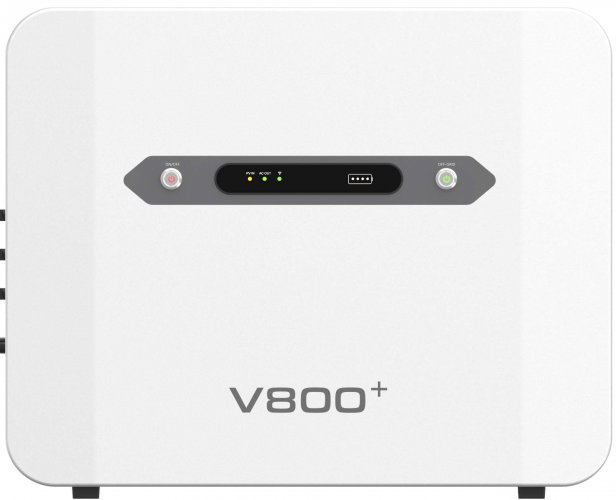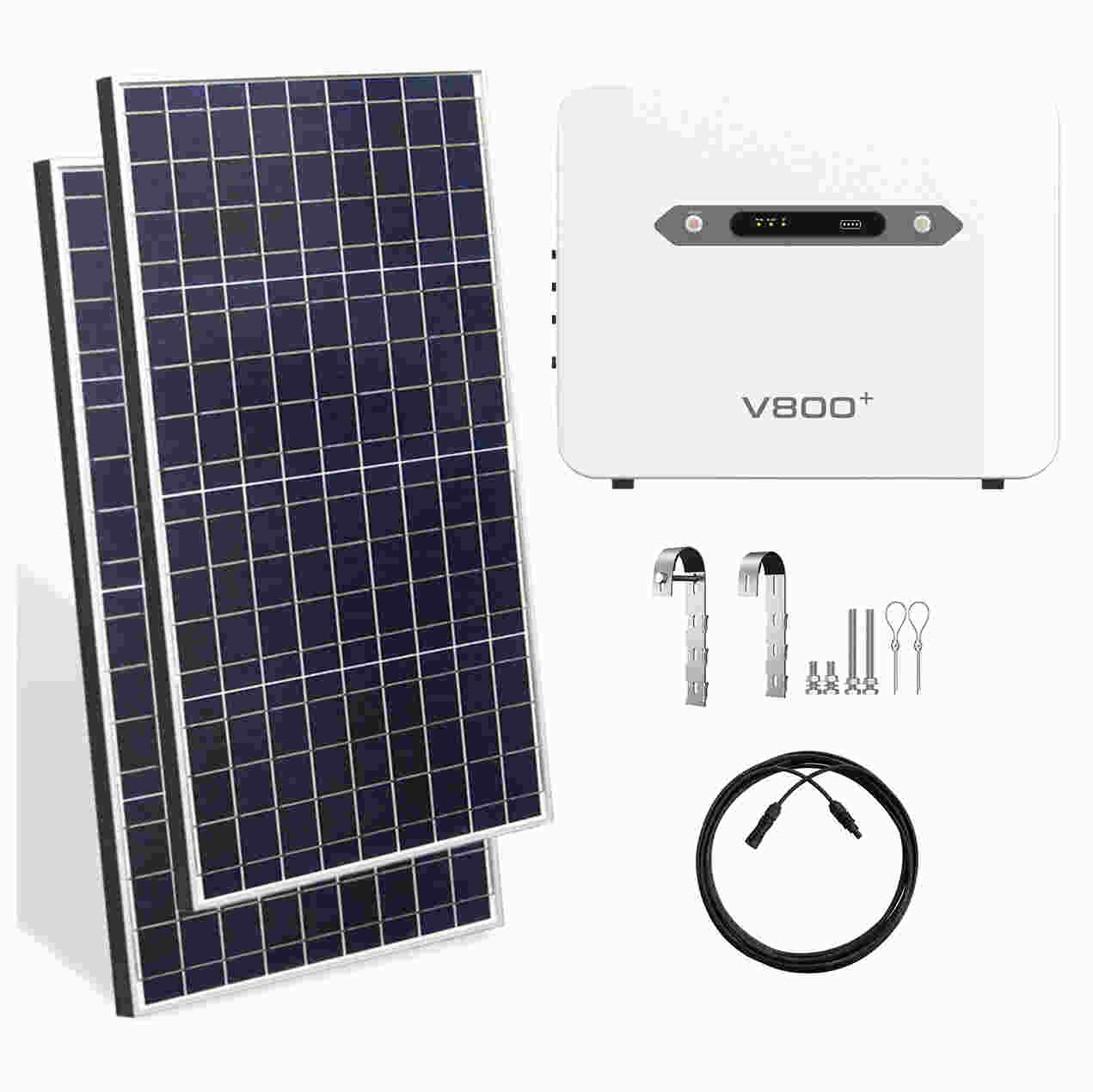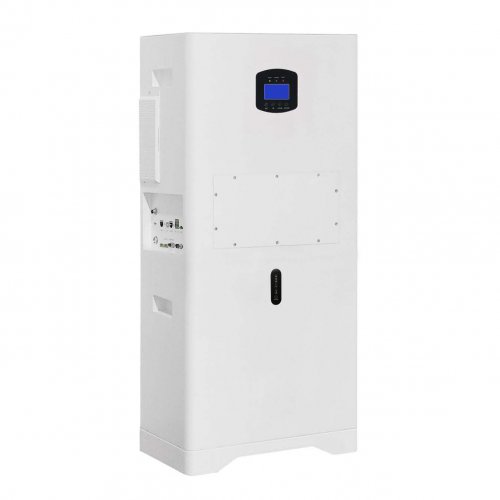Renewable Energy Storage News: Breakthroughs In Technology And Policy Drive Unprecedented Growth
The global transition towards a decarbonized energy grid is increasingly hinging on a critical component: the ability to reliably store power generated from intermittent sources like solar and wind. The renewable energy storage sector, once a nascent supporting player, is now experiencing explosive growth, driven by technological innovation, plummeting costs, and ambitious policy directives. This evolution is transforming energy storage from a conceptual solution into a foundational pillar of modern energy infrastructure.
Latest Industry Developments: Scaling at an Unprecedented Pace
The most significant recent development is the sheer scale of deployment. According to recent market analyses, global installations of energy storage systems are set to multiply exponentially this decade. Major projects are moving from the drawing board to reality. In the United States, the Inflation Reduction Act (IRA) continues to be a powerful catalyst, providing investment tax credits specifically for standalone energy storage, thereby incentivizing a wave of new projects independent of new generation builds.
China continues to dominate both the manufacturing and deployment of storage technologies. The country is home to the world's largest solar-plus-storage project and is rapidly expanding its fleet of gargantuan battery farms to smooth grid operations and reduce renewable curtailment. In Europe, the energy crisis precipitated by geopolitical tensions has accelerated the push for energy independence, with storage being a key strategic priority. Countries like Germany and the UK are seeing record investments in large-scale battery storage systems to bolster grid resilience.
Technologically, while lithium-ion batteries remain the dominant force, recent months have seen significant announcements beyond this chemistry. Form Energy, a U.S.-based startup, is progressing with the deployment of its first commercial-scale multi-day energy storage system using iron-air battery technology. This innovation promises to store electricity for 100 hours at a fraction of the cost of lithium-ion, addressing the critical challenge of long-duration storage during extended periods of low renewable generation. Similarly, flow batteries, particularly those utilizing new chemistries like zinc-bromine or organic electrolytes, are gaining traction for commercial and industrial applications due to their long cycle life and safety profile.
Trend Analysis: Beyond Lithium and Into the Grid
The trends shaping the industry point towards a more diverse and integrated future.
1. Diversification of Storage Technologies: The industry is rapidly moving beyond a one-size-fits-all approach. Different storage durations—from seconds to seasons—require different solutions. Short-duration needs (frequency regulation, black start) are well-served by lithium-ion and flywheels. The mid-duration (4-12 hours) market, crucial for daily peak shaving and renewable shifting, is the current battleground for advanced lithium-ion and flow batteries. The emerging frontier is long-duration energy storage (LDES), targeting 10+ hours and even multi-day storage, with technologies like compressed air energy storage (CAES), advanced compressed air energy storage (A-CAES), green hydrogen, and novel battery chemistries vying for dominance.
2. Hybrid and Co-located Projects: The trend of co-locating storage with renewable generation is becoming standard practice. Solar-plus-storage projects are now the default for new utility-scale solar farms in many markets. This integration maximizes the value of the renewable asset, allows for more efficient grid connection, and delivers firm, dispatchable clean power. Wind-plus-storage projects are also following suit.
3. Software and AI Integration: The value of a storage system is not just in its hardware but increasingly in its software. Advanced energy management systems, powered by artificial intelligence and machine learning, are crucial for optimizing battery performance, maximizing revenue streams across multiple value pools (energy arbitrage, frequency regulation, capacity markets), and predicting maintenance needs. This digital layer is turning storage assets into sophisticated financial instruments for their owners.
4. Supply Chain and Material Security: As demand soars, concerns over the supply chain for critical minerals like lithium, cobalt, and nickel are prompting a dual response: accelerating recycling initiatives to create a circular economy for batteries and bolstering research into alternative chemistries that use more abundant materials, such as sodium-ion batteries.
Expert Perspectives: Cautious Optimism Amidst Challenges
Industry experts express widespread optimism about the sector's trajectory but caution that significant hurdles remain.
Dr. Elena Michaels, a grid modernization specialist at a leading energy research institute, emphasizes the system-level challenge. "The technology is advancing faster than regulation and market design. Our grids and electricity markets were built for a centralized, predictable model of generation. We urgently need to reform market structures to properly value the flexibility and resilience that storage provides. Otherwise, we risk underutilizing these assets."
Mark Chen, a veteran analyst focusing on energy storage supply chains, highlights the importance of sustainability within the industry itself. "The environmental credentials of a massive build-out of lithium-ion batteries are under scrutiny. We must have robust, scalable recycling infrastructure operating in parallel with manufacturing. The industry's long-term license to operate depends on it."
Meanwhile, project developers like Sarah Jensen, CEO of a utility-scale storage developer, point to logistical and supply chain pressures. "Everyone wants storage projects online yesterday. But we're facing delays in interconnection queues, transformer shortages, and navigating complex permitting processes. Solving these bottlenecks is as important as the next battery breakthrough."
The consensus is clear: renewable energy storage is no longer a fringe concept but a central component of the energy transition. The continued convergence of supportive policy, technological innovation, and evolving market structures is creating a powerful momentum. While challenges related to integration, supply chains, and market design persist, the industry's rapid maturation suggests that the vision of a reliable, resilient, and fully renewable-powered grid is closer than ever to being realized.
Customized/OEM/ODM Service
HomSolar Supports Lifepo4 battery pack customization/OEM/ODM service, welcome to contact us and tell us your needs.


HomSolar: Your One-stop LiFePO4 Battery Pack & ESS Solution Manufacturer
Our line of LiFePO4 (LFP) batteries offer a solution to demanding applications that require a lighter weight, longer life, and higher capacity battery. Features include advanced battery management systems (BMS), Bluetooth® communication and active intelligent monitoring.

Customised Lithium Iron Phosphate Battery Casing
ABS plastic housing, aluminium housing, stainless steel housing and iron housing are available, and can also be designed and customised according to your needs.

HomSolar Smart BMS
Intelligent Battery Management System for HomSolar Energy Storage System. Bluetooth, temperature sensor, LCD display, CAN interface, UART interface also available.


Terminals & Plugs Can Be Customized
A wide range of terminals and plugs can be customised to suit the application needs of your battery products.

Well-designed Solutions for Energy Storage Systems
We will design the perfect energy storage system solution according to your needs, so that you can easily solve the specific industry applications of battery products.



About Our Battery Cells
Our energy storage system products use brand new grade A LiFePO4 cells with a battery lifespan of more than 4,000 charge/discharge cycles.



Applications in Different Industries
We supply customized & OEM battery pack, assemble cells with wiring, fuse and plastic cover, all the cell wires connected to PCB plug or built BMS.
Applications: E-bike, Electric Scooter, Golf Carts, RV, Electric Wheelchair, Electric Tools, Robot Cleaner, Robot Sweeper, Solar Energy Storage System, Emergency Light, Solar Power Light, Medical Equipment, UPS Backup Power Supply.
We can provide you with customized services. We have the ability to provide a vertical supply chain, from single cells to pack/module and to a complete power solution with BMS, etc.


HomSolar (Shenzhen) Technology Co., Ltd
























